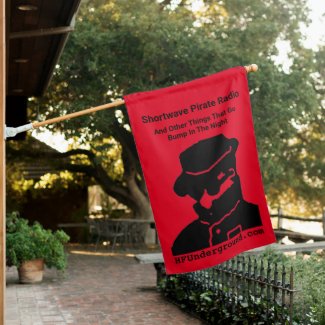91
The RF Workbench / Re: Beginner class D design
« on: June 12, 2019, 2122 UTC »
I have resumed work on the project. It is very near completion. I just need a good heatsink for the FETs and I'm searching for one now. I want a cooling aggregate type.
I still don't know what to do to the transformer when I add another pair of FETs.
Do I change nothing?
Do I need to add another winding on the secondary?
Do I need to add more than four cores for eight FETs?
I still don't know what to do to the transformer when I add another pair of FETs.
Do I change nothing?
Do I need to add another winding on the secondary?
Do I need to add more than four cores for eight FETs?




